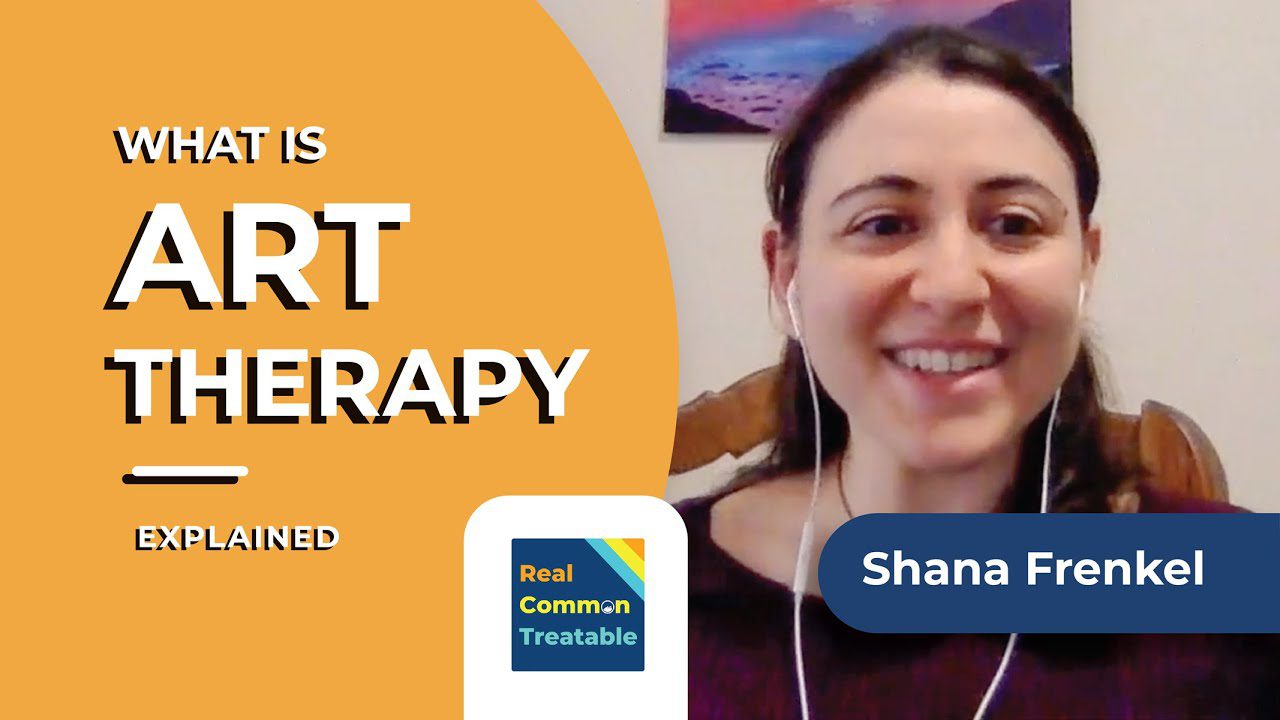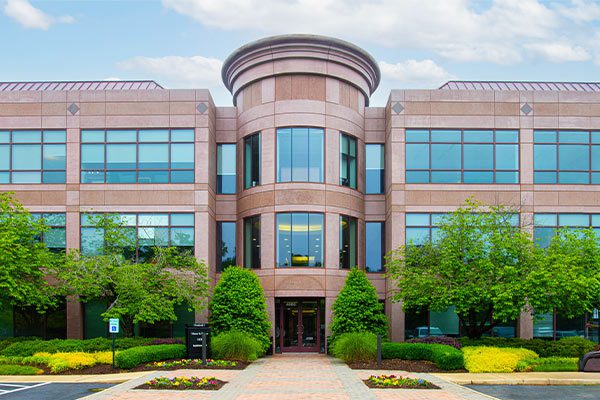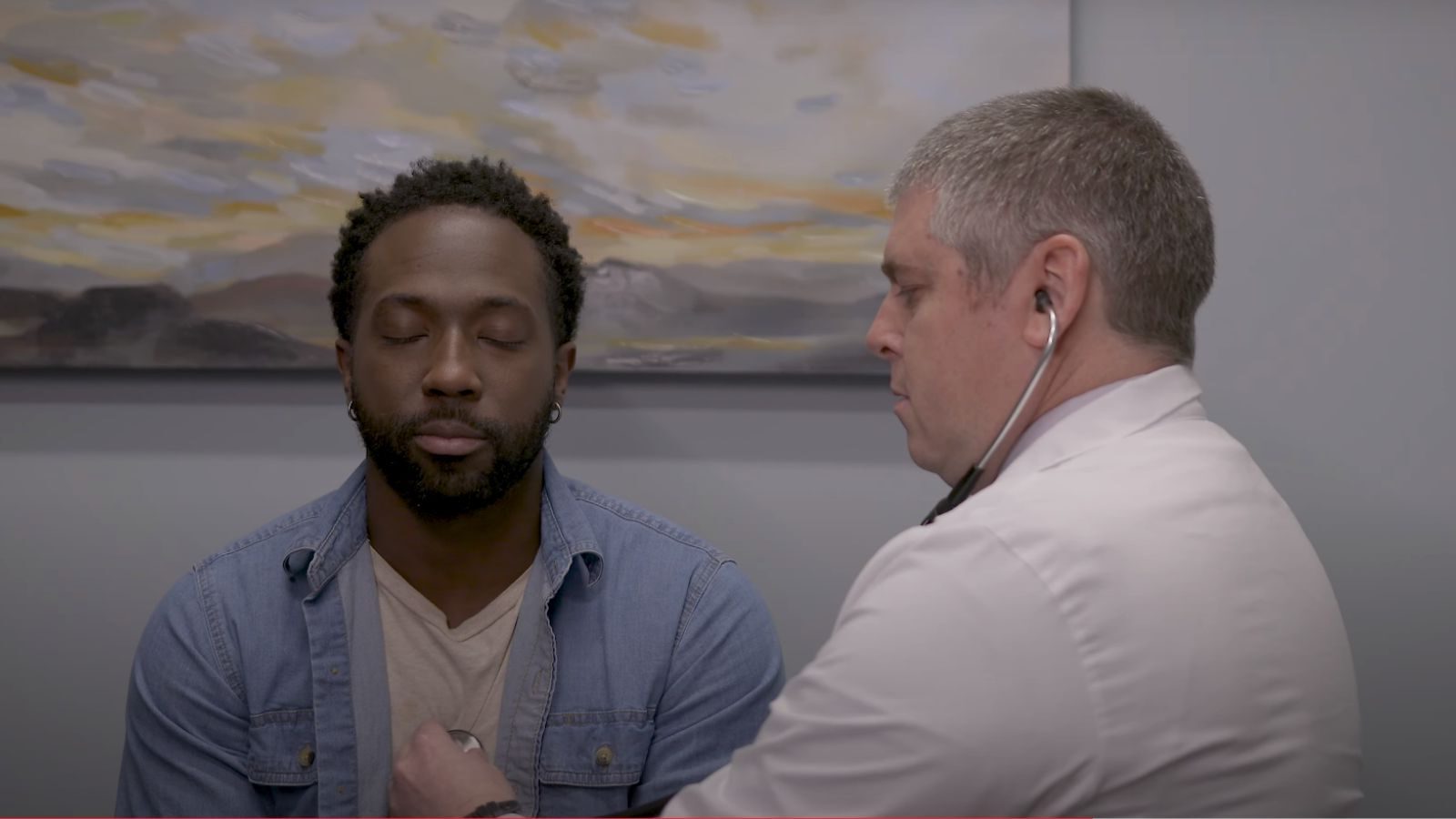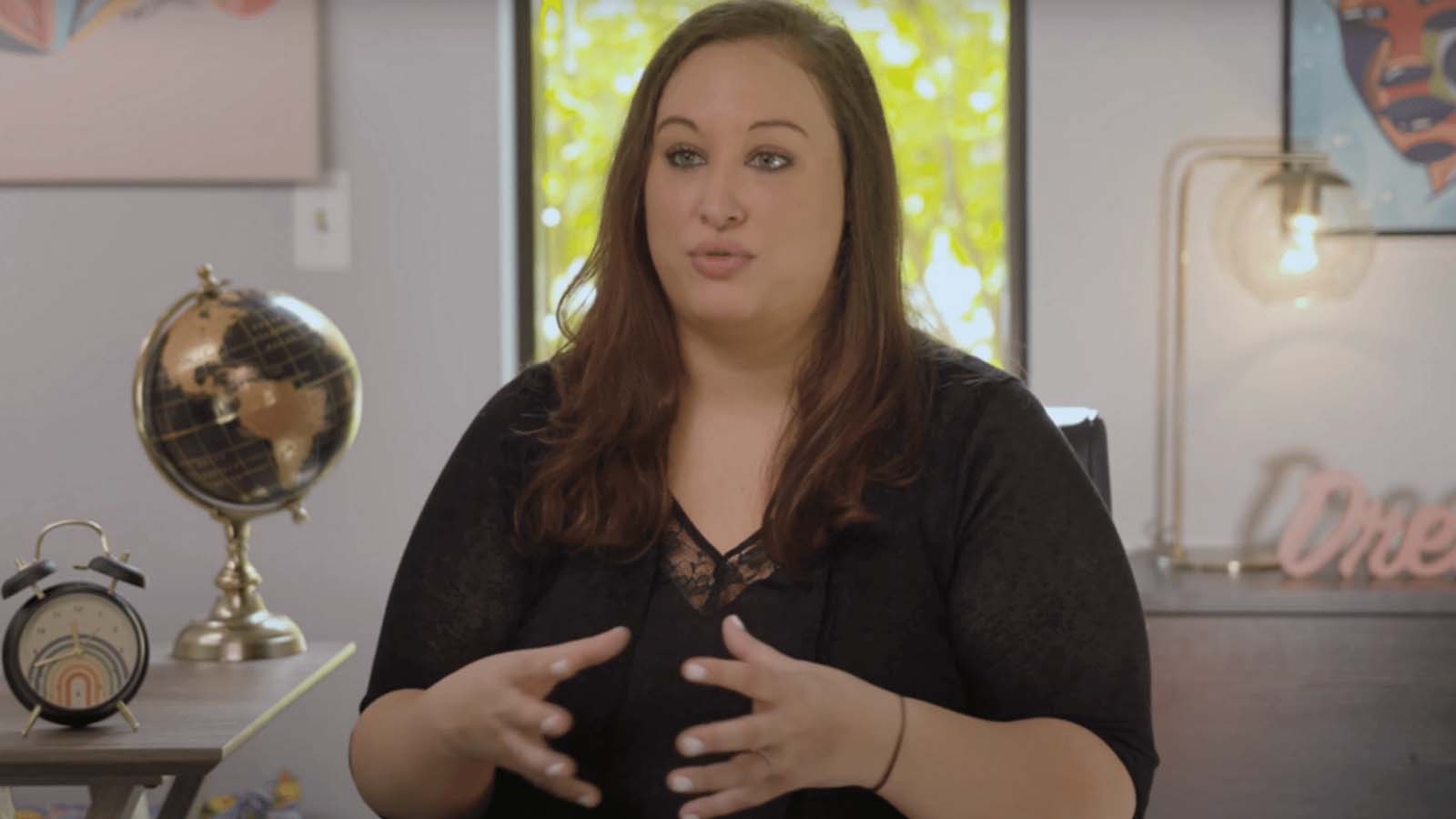How Does The Brain Work In PTSD?
PTSD impacts parts of the brain, specifically the amygdala, hippocampus, and prefrontal cortex.
These parts of the brain are responsible for fear response, memory, decision-making, and clear thinking.
Typically, when you experience stressful situations, your body goes into “fight or flight” mode, also known as the brain’s stress response.
However, for those with PTSD, the brain doesn’t know how to shut off this response. The hippocampus wrongly assumes that you are still experiencing this traumatic event when something triggers it.
However, the brain is very flexible and adaptable.
Treatments like talk therapy can help the prefrontal cortex and amygdala become balanced again.






































